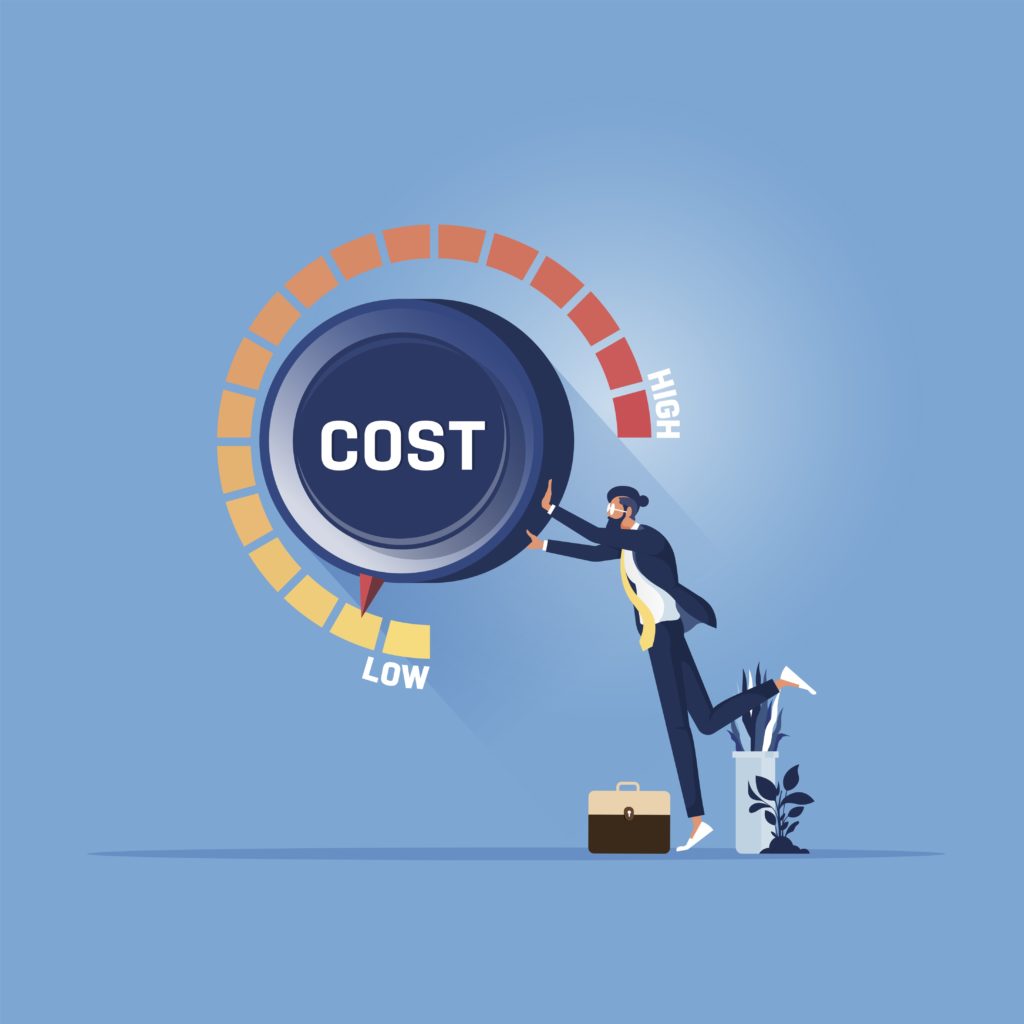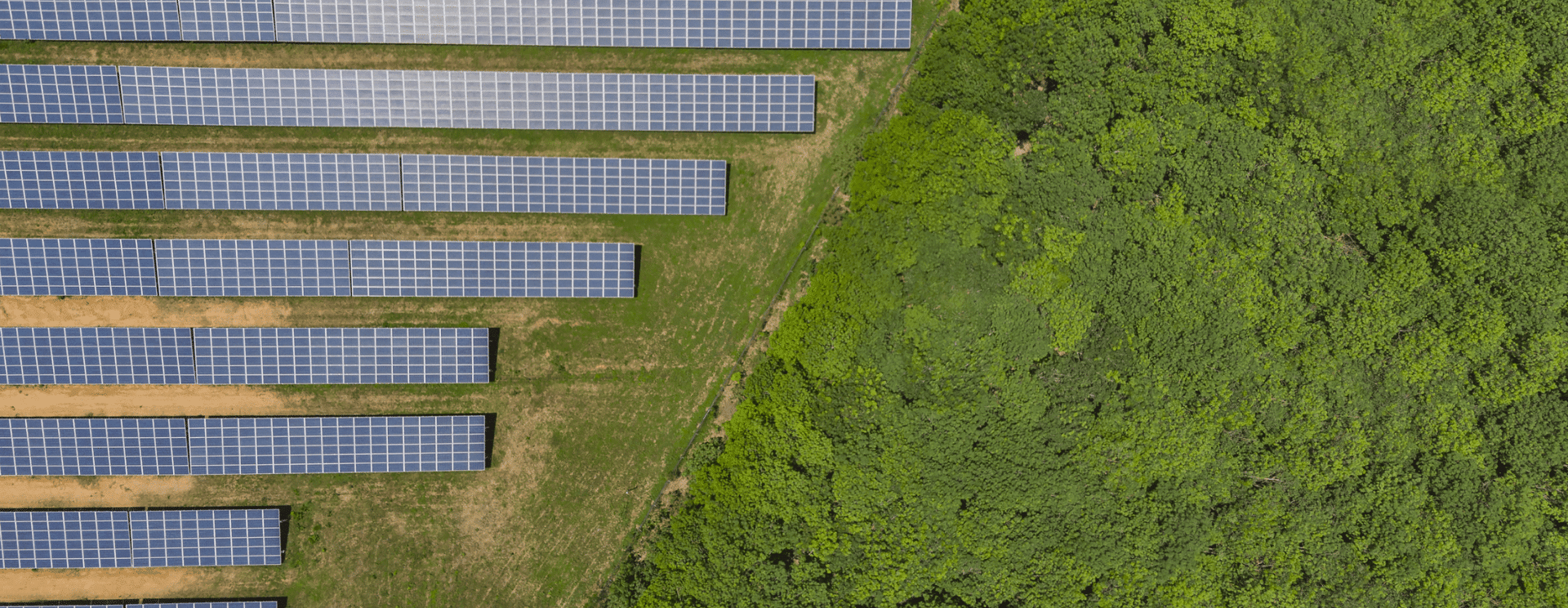Cost Efficiencies for Utility-Scale Balance of System

In recent years, utility–scale solar costs have been declining, with an 82% decline reported since 2010. However, this downward trend in solar costs has not been reflected in the cost of balance of system. With a lot of focus being placed on PV modules, little research has gone into exploring balance of system and the costs associated with it. This is changing however with an increase in knowledge of its cost reduction potential.
Utility solar balance of system costs account for 68% of PV System pricing. These costs include soft and hard costs. The soft costs comprise installer costs such as labor and administrative costs as well as financing and contracting costs, system design and engineering expenses, and costs related to permitting and interconnection. Hard costs on the other hand entail costs associated with the physical components of the system. These costs are detailed further in this article. Knowledge of these costs not only allows project managers to control costs, but also increase efficiency.
When it comes to driving down the costs of a balance of system, there are three main areas of concern: material use, logistics, and installation times and requirements. Looking into material use, for example, most utility-scale solar systems are manufactured using steel. While aluminum is also an option, cost considerations generally steer developers away from it.
Cost-saving solutions for a utility solar balance of system include but are not limited to:
1. Planning ahead
Site access and preparation are important in any utility–scale solar project. This allows a contractor to determine every essential component of the project including installation time. Varying site environments and landscape call out for specific components which when left out could result in potential losses for project owners in replacing components down the line. Customized planning ensures not only a cost-effective system but also an energy–efficient BOS environment.
2. Estimating and comparing costs of different components
Balance of system components offered for solar projects differ in several aspects including costs. Planning not only allows determining necessary components of the project but also find alternative cheaper substitutes. Contractors can also implement cost-effective designs that do not compromise on the quality of the system. Picking the right components despite higher costs is essential to the longevity and performance of the system hence the cost of the project.
3. Implementing turnkey solutions
Because work on a construction site is prone to weather and other delays, it is important to reduce installation times as much as possible. While this could be done by increasing the labor force of the project, this not only raises the cost but also brings about issues with over-resourcing. It is, therefore, best to implement turnkey or pre-assembled solutions meant to cut down installation time while maintaining the profitability of the project. One such solution is the use of a pre-bundled solar wire harness designed to meet the needs of solar projects ensuring quick turnarounds and increased profit margins.
4. Implementing low maintenance and seamless BOS operations
Streamlining the operations process associated with BOS installation cuts down on unnecessary tasks within the project. These tasks increase project costs and reduce productivity. It is therefore essential to rely on experience to recommend low maintenance and seamless BOS operations. This also helps manage risks associated with the solar project such as considerations of site access and ground surface adjustments, material supply, vegetation control, and design of the installation. Having experienced contractors aware of these risks could limit potentially costly issues and delays during the construction and production phase of the project. A seamless BOS operation also creates good communication that allows for issues to be resolved in the early stages of the project without a high impact on the project cost.
Learn more about ways to find cost-saving efficiencies in utility scale solar projects.


